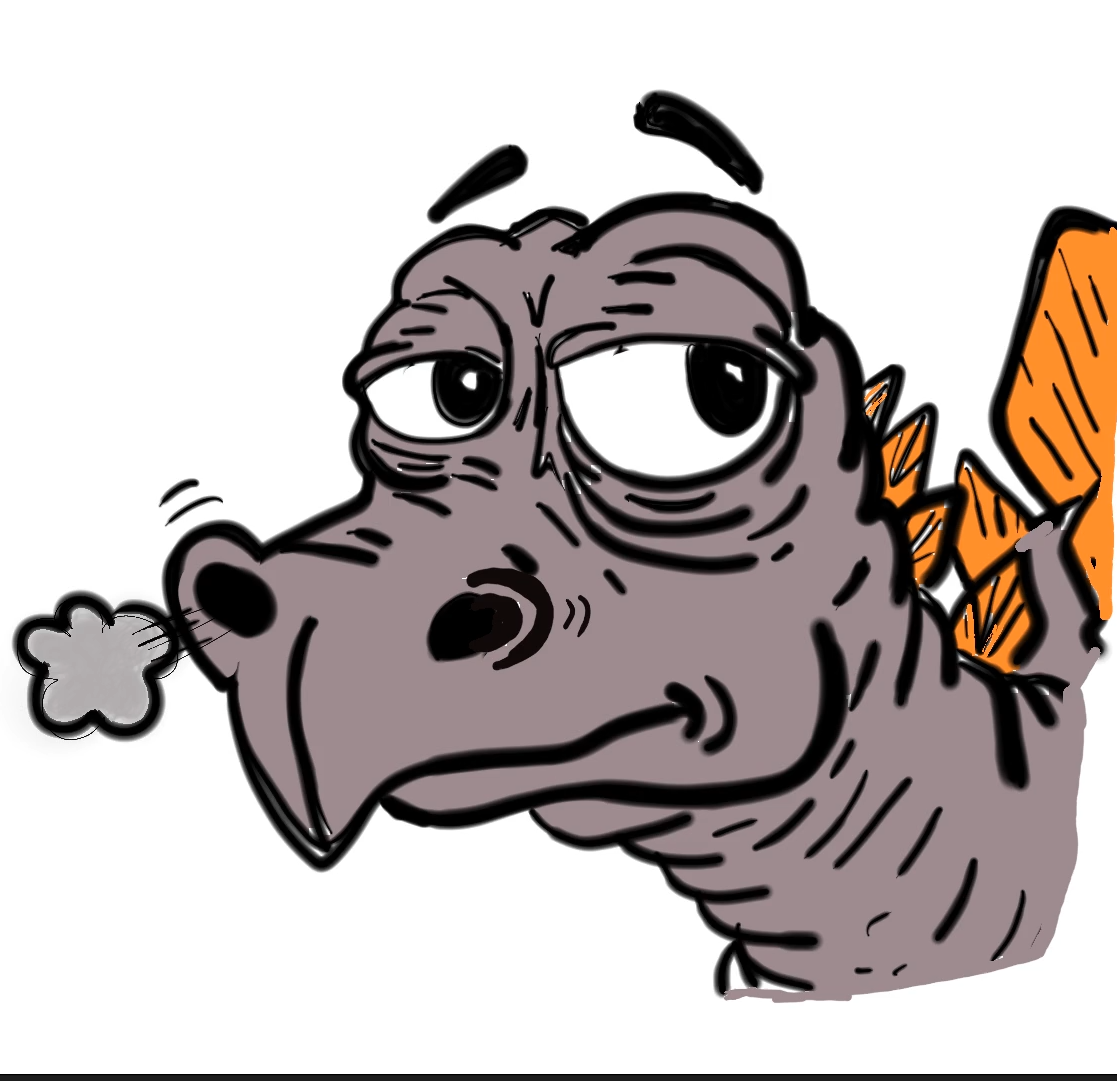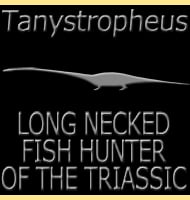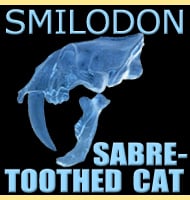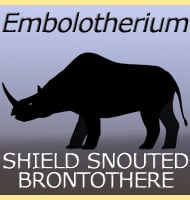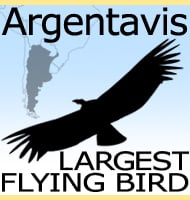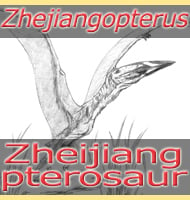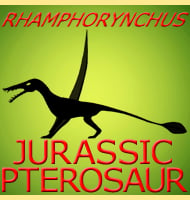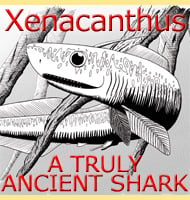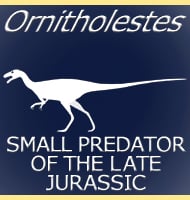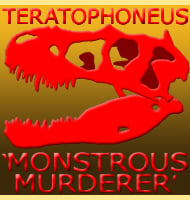In Depth
The type fossil of Bulbasaurus was originally assigned to the Tropidostoma genus of dicynodont, but later analysis revealed it to actually be distinct enough to warrant the creation of a new genus for it. The new genus name Bulbasaurus is a reference to the two boss (round bony growth) like growths of the nasal bones that bulge out. In life a hard and sharp keratinous beak would have grown around the tips of the upper and lower jaws and been used for shearing through plants.
Bulbasaurus is noted for having a lot of similarities to the genus Aulacephalodon, yet Bulbasaurus may turn out to be a more primitive overall form.
Further Reading
- An early geikiid dicynodont from the Tropidostoma Assemblage Zone (late Permian) of South Africa. - PeerJ 5(e2913). - C. F. Kammerer & R. M. H. Smith - 2017.
